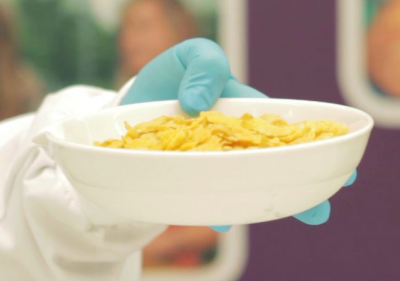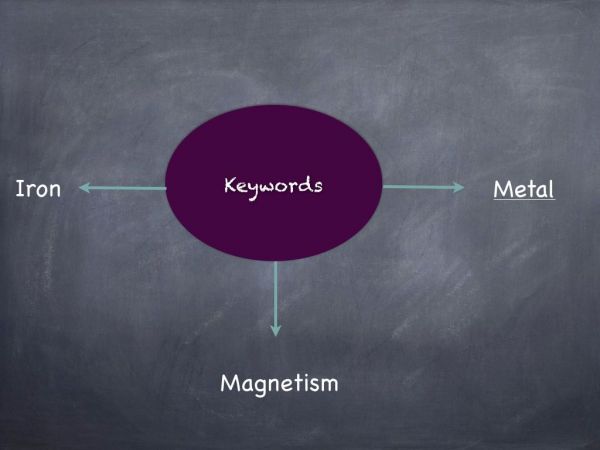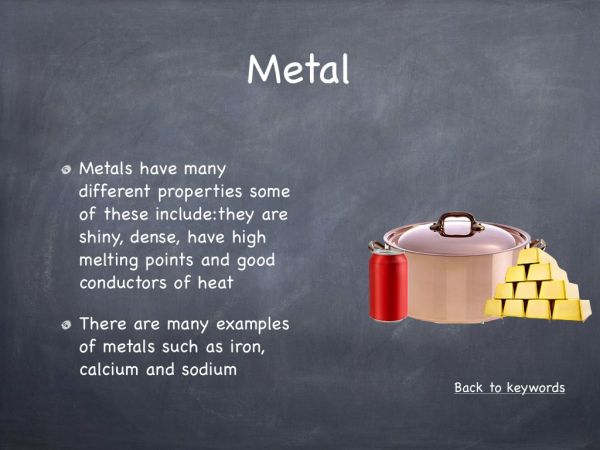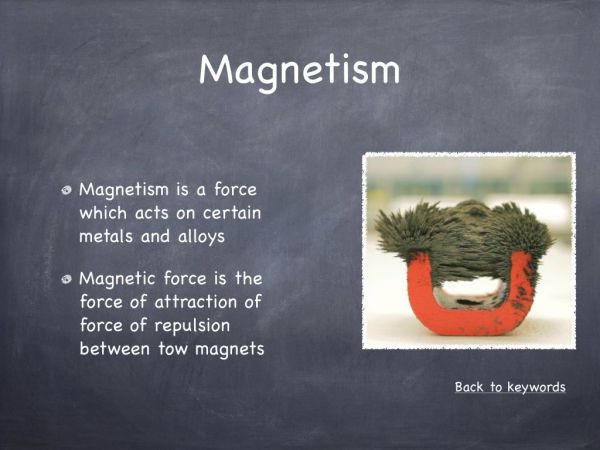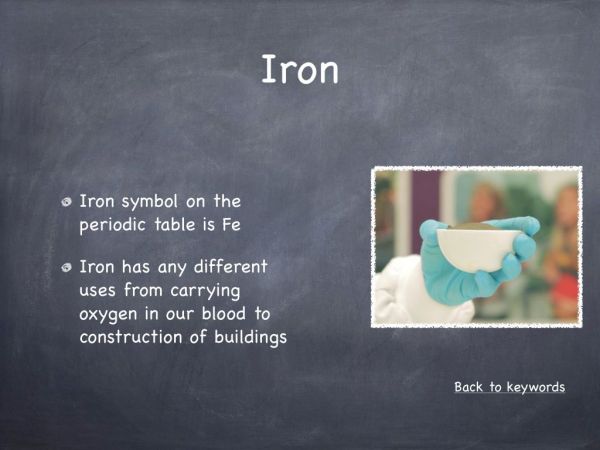Most students will already be familiar with the characteristics of metals and may describe them as strong, shiny, hard and durable. However, students may find it difficult to understand that some metals like calcium, iron, potassium and magnesium are required in our diets. To illustrate that iron is present in certain food stuff, we will show the students that the cornflakes are attracted to a strong magnet and that iron can be extracted from cornflakes.
Video: Investigation of the iron content in cornflakes
Methodology
Materials
- Fortified breakfast cereal
- Neodymium magnet (or other strong magnet)
- Water
- Large bowl or basin
- Plastic bag/sandwich bags
- Wash bottle
Method
Part 1:
Fill a large bowl or basin with water. Sprinkle cornflakes on top of the water Bring the magnet close to the cornflakes and pull the magnet slowly away. The cornflakes will show a small force of attraction towards the magnet and will move in its direction.
Part 2:
Place some cornflakes in a bowl. Crush the cornflakes and add small amounts of water until a paste/soup is obtained. Place the magnet in a sandwich bag and seal the bag tightly Place the magnet and the bag into the bowl, leave aside and move the magnet through the cornflakes at intervals. Take the magnet out and clean gently with a wash bottle of water. Dry the bag gently with tissue paper. The iron fillings are visible on the bag around the magnet. Place a sheet of paper on the table or desk and remove the magnet from the bag so that the iron fillings fall onto the sheet.
Tips
The amount of iron in breakfast cereals varies over brands. A brand should be selected with as high a concentration as possible. This information is given in mass per serving on the information label. The demonstration in which the cornflakes are attracted to the magnet should be carried out with fresh cornflakes. The cornflakes do not follow the magnet effectively when they get too soggy. It is recommend, if possible, to leave the magnet in the bag sitting in the cornflake paste/soup overnight to allow enough time for all of the iron to be extracted from the cornflakes.
*Precautions/Safety*
Theory behind the hook
Manufacturers add iron to some cereals and flour as a finely divided powder. This iron dissolves in stomach acid before being absorbed by the body. It is added in this form because it does not produce any taste or interact chemically with other components of the product. ‘Special K’ packets contain 20 mg of iron per 100 g of cereal. Fortified cornflakes have about 6-7 mg of iron per 100 g while un-fortified breakfast cereals have approx. 1-2 mg of iron per 100 g. As iron is one of the elements which is attracted to magnets, magnets can be used to illustrate that cornflakes contain iron. To reinforce that we ingest metals daily, the iron can be extracted from the cornflakes by creating a cornflake paste/soup and moving a strong magnet through the mixture. The amount of iron on the magnet is small so you may need to pass it around the class in a container e.g. plastic weigh boat.
How this hook works
This hook is particularly effective as it clearly illustrates a concept that students find difficult i.e. absorption of heavy metals in the body. The demonstrations link physics (magnetism), chemistry (metals) and biology (food) and provide a clear visual result which the students should find engaging. This hook can be used at the start of the topic of metals, when discussing metals which are magnetic or when discussing the importance of iron in our diet.
Questions & Answers
- Why do we need Iron in our body?
Iron functions as a carrier of oxygen in the body as part of haemoglobin in the blood and myoglobin in the muscles. It also helps the body’s immune system, energy metabolism and body temperature regulation. - What would happen if we did not have enough iron in our diet?
Iron deficiency (anaemia) causes fatigue, dizziness, hair loss, irritability, brittle nails and pica. - Can you have too much iron in your diet?
Yes, this is a medical condition called hemochromatosis, which can damage vital organs, especially the liver. - Are all metals attracted to magnets?
No. The only elemental metals which are attracted to magnets are iron, nickel and cobalt. Some steels and other alloys are also attracted. - Why don’t the cornflakes stick to the magnet or move around the table?
There is too much friction between the table and the cornflakes for them to move towards the magnet. - Why do you think they move when they are placed in water?
The cornflakes are free to move more easily in the water because the friction is reduced.
Cross Curricular Links
Links can be made to home economics through the topic of nutrition. Other uses of iron can also be discussed by linking to metalwork and extraction of iron ore can be linked to geography. Links can also be made to biology through the topic of food and physics when discussing magnetism.
Numeracy
Students could be asked to evaluate the amount of iron in different brands of cornflakes in mg per serving or per 100g. Students could be asked to pour a bowl that is a typical portion size for them. The mass of this amount could then be obtained and the amount derived through simple calculations.

